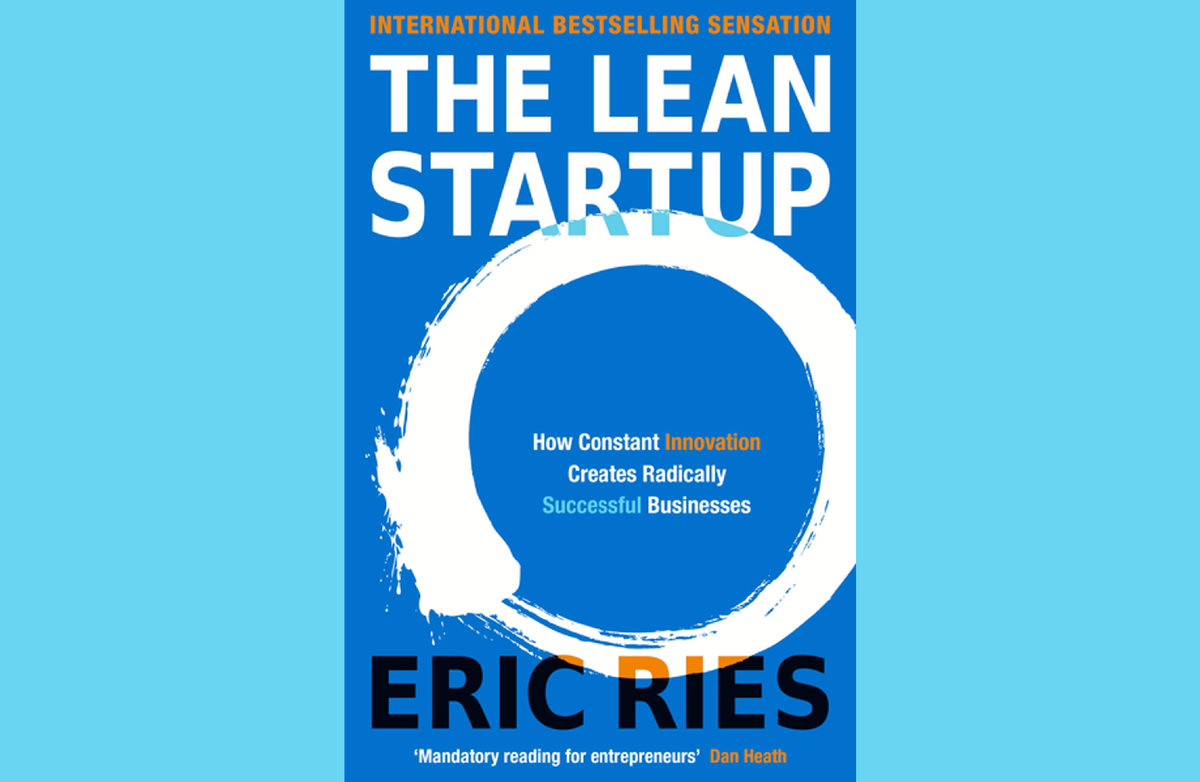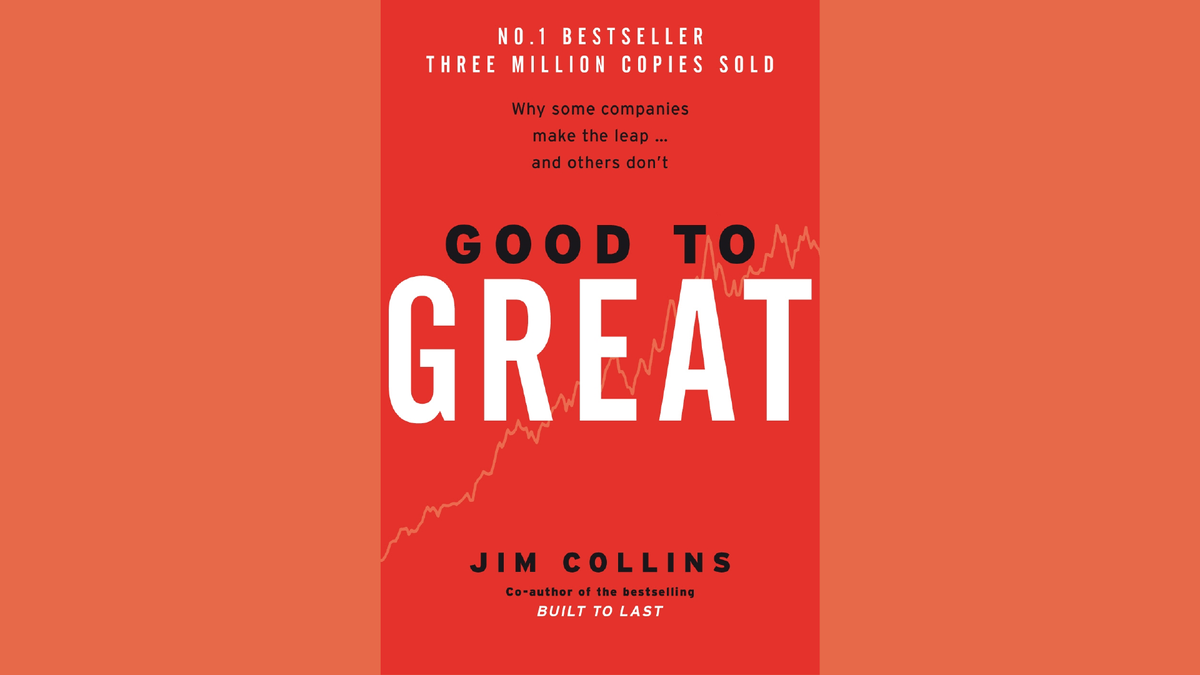Navigating the Growth Stages of a Business: My Journey from Small to Large
Discover the critical insights on navigating the growth stages of a business, from small to large. Learn how to adapt your mindset and strategies for success with recommended readings and case studies on agility, mentorship, and strategic thinking.

In my entrepreneurial journey, one critical insight has profoundly shaped my approach to building and scaling businesses: each stage of growth—small, medium, and large—requires an entirely different perspective to be successful. This realization has been a game-changer, transforming how I lead and strategize. Let me share my experience with you, sharing the lessons I’ve learned at each stage.
The Small Stage: Speed and Product-Market Fit with a Small Team
When I first launched Factory in San Francisco, everything was about speed and finding that elusive product-market fit. Imagine you’re a speedboat, zipping through the waves, able to make sharp turns and quick decisions. This is the essence of the small stage.
With a small, dedicated team, the focus was on rapid iteration. We wore many hats, pivoted quickly based on customer feedback, and celebrated every small victory. It was all about being agile, innovative, and responsive. The small stage taught me the importance of staying close to my customers and adapting swiftly to their needs. It’s a period of exhilarating intensity where every decision feels like it could make or break the company.

Recommended Reading:
“The Lean Startup” by Eric Ries is a groundbreaking book that offers a scientific approach to creating and managing successful startups in an age when companies must innovate more than ever.
“How can we build a sustainable business model around our innovative product?”
“Start with Why” by Simon Sinek - This book explores how leaders can inspire cooperation, trust, and change by focusing on the why behind their actions.
“Why do we do what we do, and how can we communicate this purpose to inspire others?”
The Medium Stage: Nurturing and Mentoring Managers and Processes
As the business grew at TribalDDB Amsterdam, we entered the medium stage—a time of nurturing and mentoring. Picture a flourishing garden. Now, it’s not just about planting seeds (new ideas and products); it’s about tending to the plants (the growing team and processes) to ensure they thrive.
This stage required a shift in my focus. It was no longer enough to be the fastest or the most adaptable; we needed to build strong foundations. This meant hiring talented managers and investing in their development. I had to become a mentor, guiding my team through the complexities of scaling operations. We introduced processes that ensured consistency and efficiency without stifling the creativity and agility that had brought us success. It was about creating a balanced ecosystem where every part could flourish.

Recommended Reading:
“Good to Great” by Jim Collins - This book explains how good companies can become great companies and how some fail to make the transition.
“What can your company be the best in the world, and how can you focus on that core strength?”
“Leaders Eat Last” by Simon Sinek - Sinek explores how great leaders build trust and cooperation, creating environments where people work together and thrive.
“How can you create a culture of trust and safety within your organization?”
The Large Stage: Strategic Thinking Around Differentiation, Competition, and Efficiency
Reaching the large stage at Qualitance felt like transitioning from managing a garden to orchestrating a vast, interconnected ecosystem. Here, the focus shifted to strategic thinking around differentiation, competition, and efficiency. We had become a mighty oak in the forest of business, and it was crucial to stay strong and continue growing.
At this stage, I had to elevate my perspective. It wasn’t just about internal processes but understanding and anticipating market trends, competitors’ moves, and global economic shifts. We invested in technology and streamlined our operations to maintain efficiency. Differentiation became vital—what unique value could we offer that set us apart from the competition? This stage was about strategic foresight, ensuring that our growth was sustainable and that we remained leaders in our industry.
Recommended Reading:
“Blue Ocean Strategy” by W. Chan Kim and Renée Mauborgne - This book systematically makes the competition irrelevant by creating a leap in value for your company and your customers.
“How can we create a blue ocean of uncontested market space?”
“Competitive Strategy” by Michael E. Porter - Porter’s seminal work outlines how businesses can gain a competitive edge through strategic positioning and execution.
“What unique value proposition can we offer that differentiates us from our competitors?”
Lessons Learned and Moving Forward
Reflecting on this journey, the most critical lesson is that each growth stage demands a different approach. Success as a small business does not guarantee success as a medium or large enterprise. It’s about evolving your mindset and strategies to fit your stage.
My advice for entrepreneurs is simple: stay adaptable, invest in your people, and always think strategically. Embrace the speed and innovation of the small stage, the nurturing and process-building of the medium stage, and the strategic foresight required in the large stage. Each phase is a stepping stone, preparing you for the next.
Call to Action
Whether you’re a startup founder or an established business leader, take a moment to assess where your business stands today. Are you focusing on the right areas for your stage of growth? What changes can you make to ensure you’re setting your business up for success in the next phase? Share your thoughts and experiences—let’s learn and grow together!

Further Studies and Insights
Easyjet: The Web’s Favorite Airline by Nirmalya Kumar and Brian Rogers
In this case study, Stelios Haji-Ioannou, the CEO and founder of easyJet, achieved profitability in 1999, nearly four years after launching his low-cost airline. By adopting an efficiency-driven operating model and maintaining high levels of customer satisfaction, easyJet thrived in the competitive low-cost segment. This study explores whether easyJet can sustain its growth and survive amidst intense competition while delving into Stelios’s venture into Internet cafés with easyEverything. Read the entire case study.
The Five Stages of Small-Business Growth by Neil C. Churchill and Virginia L. Lewis
This seminal article delves into the detailed stages of small-business development, providing a comprehensive framework for understanding the progression from startup to maturity. It highlights the unique challenges and opportunities at each stage, offering valuable insights for business leaders navigating the complexities of growth. Explore the five stages.
This approach ensures the article is informative, engaging, and easy to follow, resonating with readers eager to learn and apply these insights to their entrepreneurial journeys.


